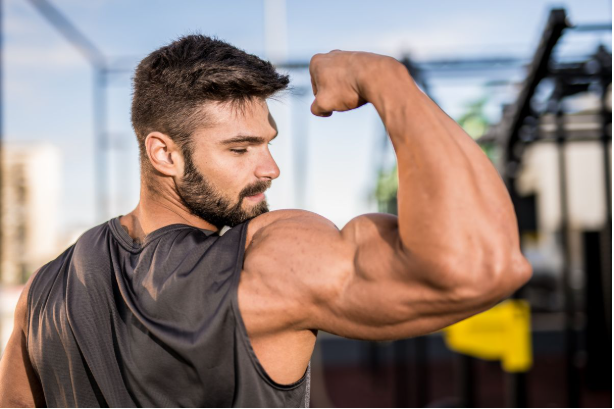Many of us continue working from home, even as the COVID pandemic eases. This often means that we are sitting more than ever as our daily commute, lunchtime walk or gym routine is disrupted.
Incorporating these pilates exercises regularly into your daily routine will assist in strengthening your stabilising muscles around your spine, which will provide you with more back support. But often, what we don’t realise is that our glutes also play a vital role in protecting our back and preventing back pain. I have also included a pilates exercise that targets your gluteal muscles so you can start building strength in that area.
This routine is perfect to perform when you have a short break. It requires no equipment, although a soft surface is preferred and can be executed by beginners.
1. Pelvic Floor and Transversus Abdominis Activation
This manoeuvre is the set-up for all your exercises. To perform the activation, lie on your back with your knees bent, feet hip-distance apart and spine in a neutral position. Next, place your fingertips just inside your hip bones and draw your pelvic floor up. Imagine you are trying to hold in a wee. Now, try to draw your hipbones towards each other and flatten your stomach towards your spine. Try not to clench your buttocks. Repeat this for two minutes.
2. Leg Slides
Leg slides rely on smooth, intentional breathing with specific movements. To perform leg slides, lay on your back with your knees bent, feet hip distance apart and arms relaxed by your side. Try to relax your shoulders down and back. Take a breath in while activating your pelvic floor and transversus abdominis. Now exhale and slide one heel away from your body along the floor as far as possible, maintaining your neutral spinal position. As you inhale, slide your heel back to the starting position. Repeat this with your other leg. Continue this exercise for two minutes.
Quick tip: Make sure your spine doesn’t move during the movement, that you keep your pelvic floor and transversus abdominis activated and your hips don’t rock from side to side.
3. Lift and Extend
Start in the same position as you did with your leg slides. Activate your pelvic floor and transversus abdominis. As you breathe in, lift one leg up into a tabletop position. Next, exhale as you extend your leg out above the floor, straightening your knee. Your leg should be hovering above the floor. Take an inhale and bring your knee back into the tabletop position. Exhale your breath and lower your foot back to the floor. Repeat the exercise for two minutes, alternating legs.
Quick tip: Make sure your spinal position stays neutral during the entire exercise, that you keep your pelvic floor and transversus abdominis activated and your hips don’t rock from side to side.
4. Abdominal Curl
Begin the abdominal curl by laying on your back with your knees bent, feet on the floor, hip distance apart and a relaxed, natural spine. Either place your hands behind your head with your elbows pointing outwards or cross your arms in front of your chest. Relax your shoulder blades down and back and tuck your chin in. Take a breath in, while activating your pelvic floor and transverse abdominal. Exhale as you draw your ribs towards your hips and lift your head and shoulders. Gaze at your knees. Relax back to the starting position. Repeat this exercise for two minutes.
Quick tip: It is common for people to pull themselves up using their head and neck, try to avoid this by engaging your core instead. Also, try to keep your knees pointing straight upwards and your shoulders away from your ears.
5. Straight Leg Raise
The straight leg raise strengthens the glute muscles, which are important stabilisers for the hip joints and lower back during movements such as running and walking. Weak glutes often contribute to back pain. Start your leg raise by laying on your side with your knees bent and feet in line with your body. Extend your arm underneath your head, resting your head on the arm. You should have one long line between your hand, hips and feet. Create a small gap between your waist and the floor and keep the natural curve of your spine. Next, straighten your top leg, lift it to hip height and sweep it out in front of the body, turn your knee and toes toward the floor and relax your foot.
Breathe in as you activate your pelvic floor and transverse abdominis. Exhale as you raise your top leg while keeping your foot relaxed. You should feel this in your glute muscle. As you breathe in, lower your leg back down. Repeat for 1 minute and 30 seconds on each side.
Quick tip: Keep your hips stacked on top of each other, not allowing yourself to roll forwards or backwards. Maintain the natural curve of your spine, don’t tuck your pelvic floor in or overarch your spine. If you have weak gluteus muscles, your hip extenders may try to overcompensate.















